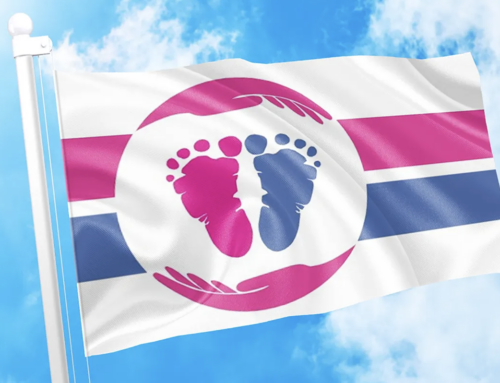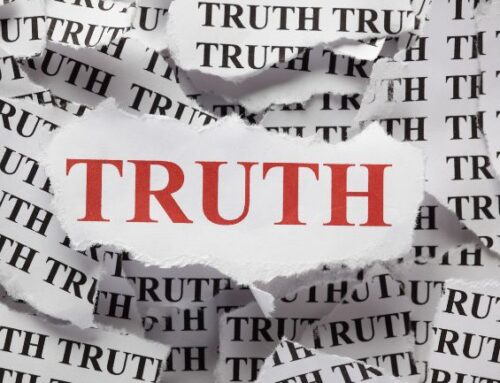First came the United Nations decade of the woman. Then there was the year of the child. Now the family holds the spotlight as the member countries of the United Nations proclaims year 1994 the Year of the Family.
But some people interested in the future of the family are withholding their joy at this recognition by the international body. Long experience has shown that the UN declarations of worthy causes can often be suspect if not actually dangerous.
The UN Convention of the Rights of the Child was a recent and glaring example of a noble idea distorted and manipulated. The drafters of the Convention on the Rights of the Child in 1988 removed protection for the portion of the child population who have not yet been born. In an unusual move, they changed the wording of the existing document which protected all children at every stage of development. The new declaration left the unborn without any legal protection.
The 1959 U.N. Declaration of the Rights of the Child said: “Whereas the child, by reason of his physical and mental immaturity, needs special safeguards and care including appropriate legal protection, before as well as after birth…”
The updated version changed the wording to say the child “requires legal protection in conditions of freedom, dignity and security…” thus removing the protection of unborn children and, in the eyes of pro-lifers, making a sham of the entire process.
The Convention of the Rights of the Child also had other disturbing elements which left many parents feeling cool towards the process. Some of the rights enshrined included:
• Freedom of religion, which would mean parents couldn’t forbid their child’s involvement in a cult.
• Right to family planning education and services, which means birth control and abortion even if this is contrary to the family’s values.
• Right to seek, receive and impart information and ideas of all kinds through any media of the child’s choice.
In the same way, the “Convention on the elimination of all forms of discrimination against women” though laudable in its intent, fell short under closer scrutiny. Many families saw this exercise as an attempt to deny Canadians important parental and family rights.
Again, original wording from a UN document was altered. The 1967 declaration stated: “without prejudice to the safeguarding of the unity and harmony of the family, which remains the basic unit of any society, all appropriate measures, particularly legislative measures, shall be taken to insure to women, married or unmarried, equal rights with men in the field of civil law…” The convention on Women’s rights replaced these sentiments with the statement that “a change in the traditional role of men as well as the role of women in society and in the family is needed to achieve full equality between men and women.” Critics of the Convention said it meant more government intervention in and control over the family all in the name of giving women a more meaningful role in society.
The United Nations wording for the Year of the Family is careful to avoid definitions and sidesteps controversies about the definition of the family unit. It talks about different types of family structures with their different strengths and weaknesses.
“Policies affecting the family should seek to avoid promoting, implicitly or explicitly, a single, ideal image of the family,” the document states.
It goes on to make the predictable call for increased access to family planning and fertility services and more education about AIDS, reproduction, “birth spacing,” and parenting skills and responsibilities. There is no mention of government policies which harm families, such as abortion, no-fault divorce, high-levels of taxation for middle-class families, and the scourge of pornography, drugs and alcohol abuse.



